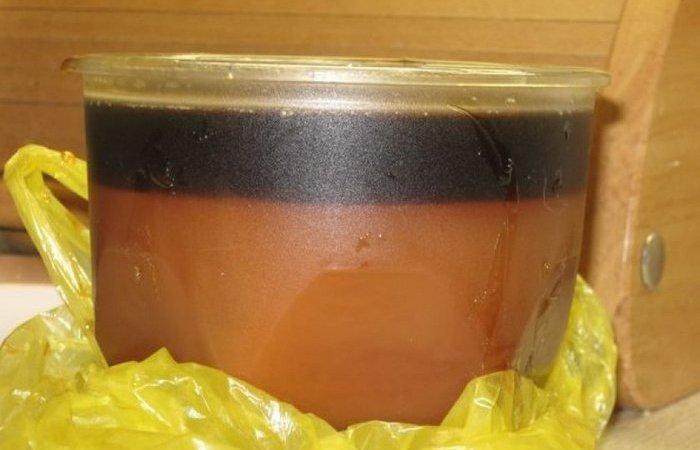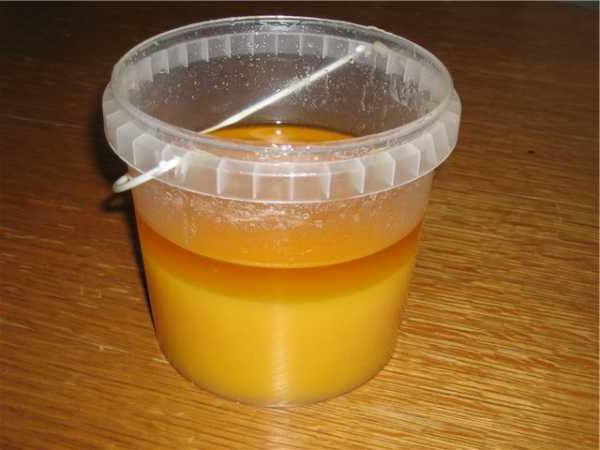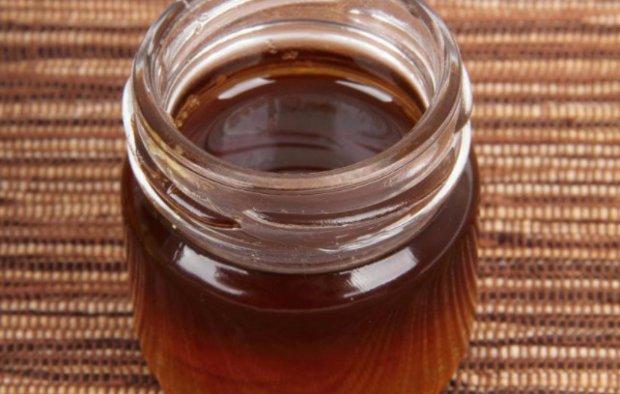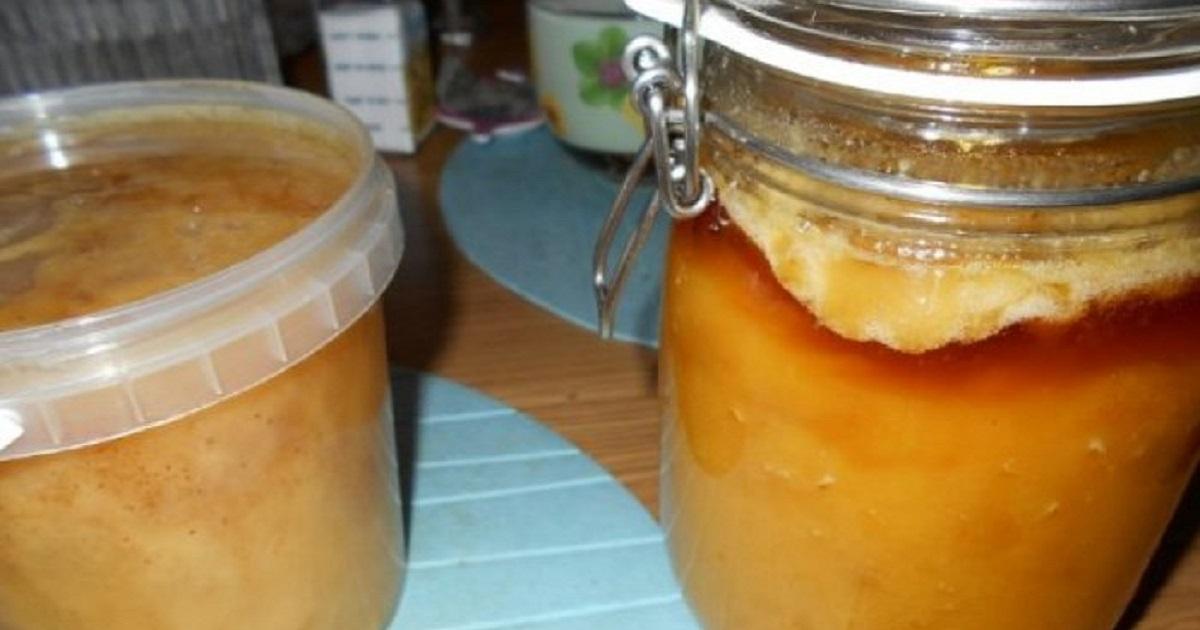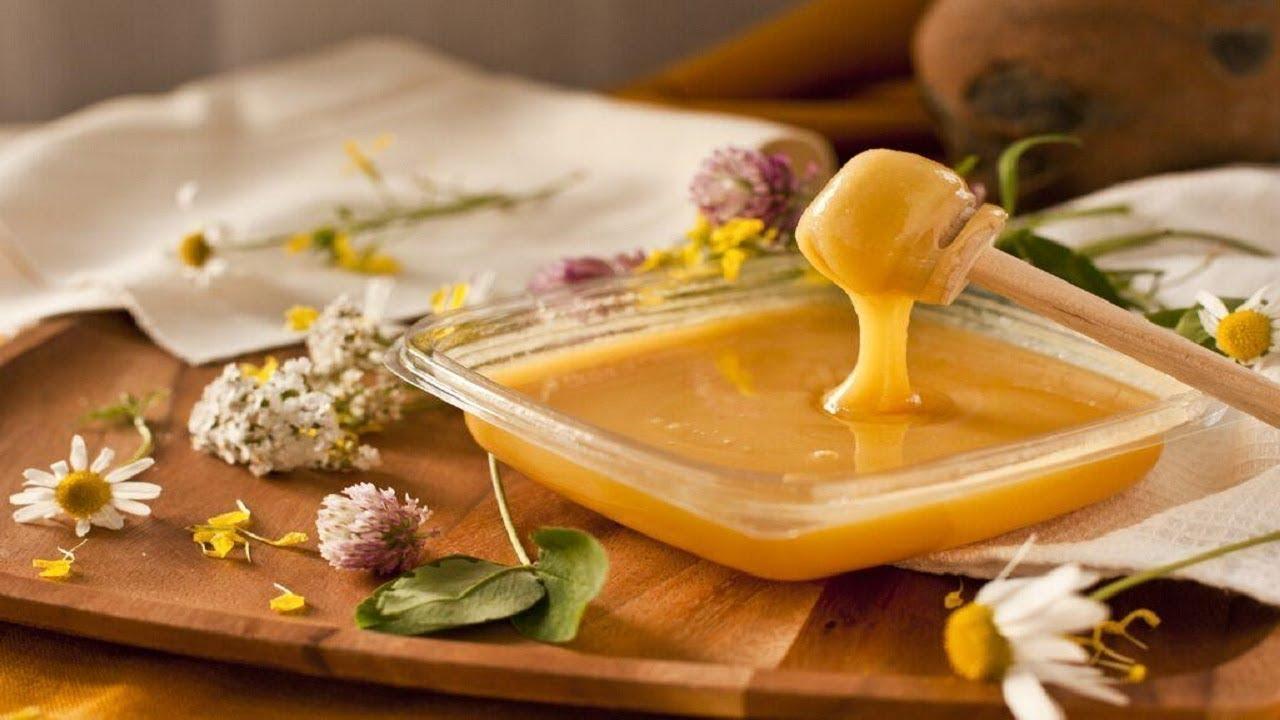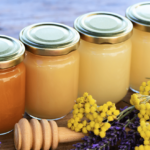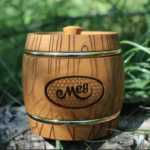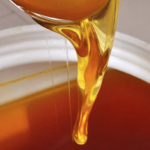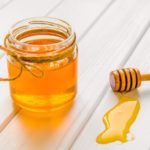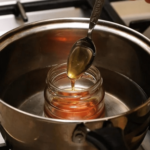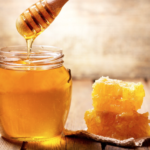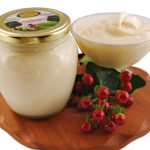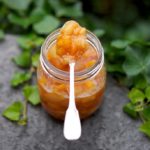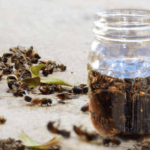Natural bee honey, regardless of the variety, crystallizes over time. The period of sugaring of the product may vary depending on the composition of the nectar. Sometimes the sugaring process does not occur evenly, and liquid and solid layers of honey are formed in the container with the delicacy. Why natural flower honey separates, and whether such a product can be eaten, we will look into the details further.
Why does honey separate during storage?
The reasons for the delamination of a valuable beekeeping product can be different and depend both on the quality of the delicacy and on the conditions of its storage.
- The main composition of honey is made up of healthy sugars. The percentage of glucose and fructose depends on the maturity of the product and the plants from which the bees collected nectar. If fructose predominates in a delicacy, such a product remains liquid and viscous for a long time. If there is a large amount of glucose, honey quickly sugars and becomes denser. But if the ratio of carbohydrates is equal, the nectar is divided into solid and liquid fractions.
- Segregation of the delicacy is possible if beekeepers mix different varieties of the natural gift. Each type of nectar has a certain consistency and density, therefore, when mixed, it is divided into a liquid and a thick layer.
- The maturity of a beekeeping product is determined by the moisture it contains. In high-quality nectar, the percentage of water should not exceed 20-21%. Unripe honey has more moisture, so during storage the liquid remains on the surface, and sugar crystals settle to the bottom of the container. In such a delicacy, irreversible fermentation processes begin, and it becomes unfit for consumption.
- Store the healing sweetness in a dark, cool room in glass, ceramic or porcelain containers. If it is exposed to sunlight, high temperature and humidity in the storage area, the risk of sweet delamination increases.
- If, a few days after purchase, the nectar begins to separate into uneven and heterogeneous particles, most likely it is not a natural product, but a counterfeit product that contains foreign compounds and substances.
Important! The only variety that is characterized by separation into solid and liquid fractions is buckwheat bee nectar.
Is it possible to eat honey that has separated?
The separation of treats occurs for various reasons, which determine whether such a product can be eaten:
- natural bee gift with the same content of fructose and glucose becomes stratified during storage, but the nectar does not lose its healing and nutritional properties;
- if stored improperly, nectar loses value and begins to separate, but such a delicacy can be consumed as a regular sweet;
- unripe honey is introduced into the diet before the start of fermentation processes;
- mixed varieties of natural bee products are also suitable for daily consumption.
Fake bee gift, in addition to stratification into uneven fractions, does not have a specific honey aroma and taste.
Often, caramel or vanilla flavoring, sugar syrup, starch and chemicals that can harm the human body are added to such a product.
What to do with separated product
If natural flower nectar peels off, this is not a reason to get rid of a tasty and expensive product.
- A mixture of different varieties of bee gift without signs of fermentation can be eaten, added to various drinks, desserts, milk porridges, cottage cheese and baked goods.
- Unripe, fermented honey is used to make homemade mead. If the nectar has not yet soured or spoiled, it is used in cooking for baking, added to sauces and marinades.
- Honey that has not been stored correctly and has not spoiled can also be included in the diet, added to various dishes and baked goods. Before use, this nectar is thoroughly mixed. If the bottom layer is heavily sugared, the container with the product is heated in a water bath, at a temperature no higher than +36 degrees.Dissolved honey, although it loses its vitamin content, mineral compounds remain unchanged.
The substances included in such a surrogate most often have a negative effect on human health.
How to prevent the problem
The delamination of your favorite delicacy is most often associated with improper storage conditions of the valuable product. Store natural bee honey at temperatures from -5 to +21 degrees, in a dark room with low humidity.
To avoid purchasing low-quality nectar, purchases are made only at official retail outlets and from trusted sellers, having previously read the documents for the goods.

